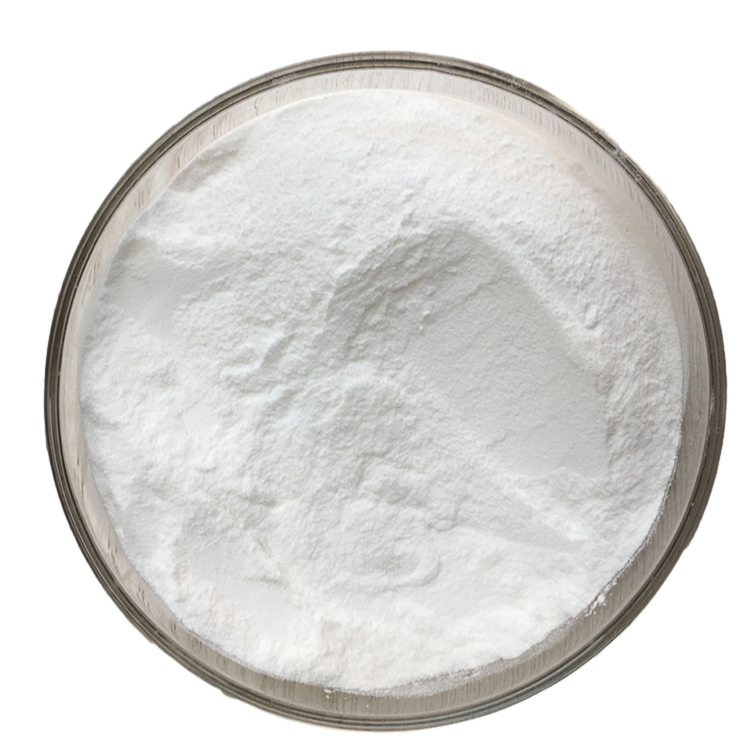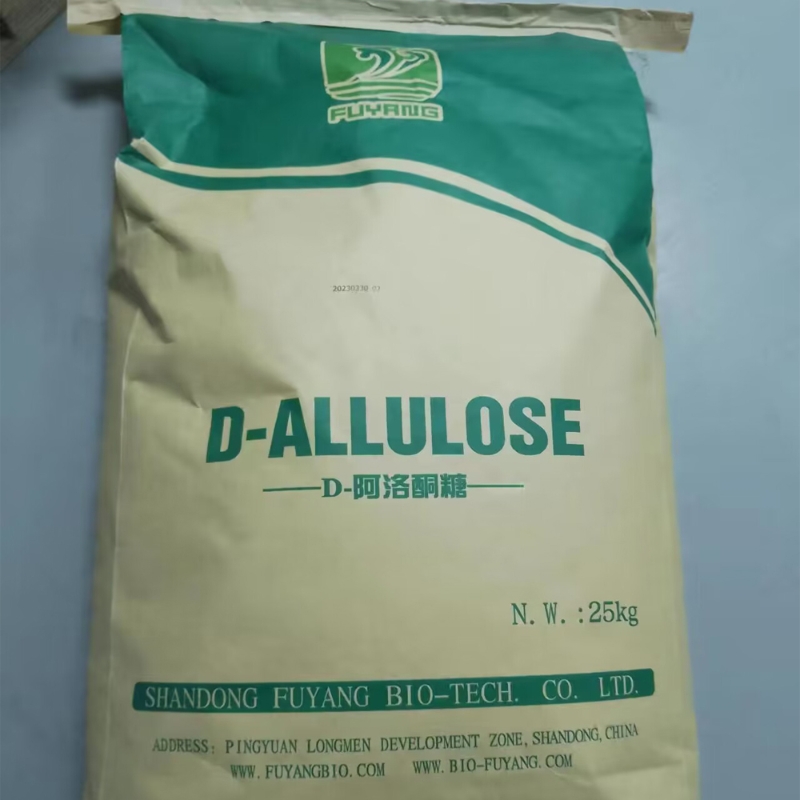-
Categories
-
Pharmaceutical Intermediates
-
Active Pharmaceutical Ingredients
-
Food Additives
- Industrial Coatings
- Agrochemicals
- Dyes and Pigments
- Surfactant
- Flavors and Fragrances
- Chemical Reagents
- Catalyst and Auxiliary
- Natural Products
- Inorganic Chemistry
-
Organic Chemistry
-
Biochemical Engineering
- Analytical Chemistry
- Cosmetic Ingredient
-
Pharmaceutical Intermediates
Promotion
ECHEMI Mall
Wholesale
Weekly Price
Exhibition
News
-
Trade Service
Recently, the team of Professor Wu Yidong from Nanjing Agricultural University published a titled "Genome mapping coupled with CRISPR gene editing reveals a P450 gene co" in the important international academic journal PLoS Genetics.
nfers avermectin resistance in the beet armyworm"
.
The study constructed the first high-quality chromosome-level reference genome of the beet armyworm , and revealed the beet through multiple methods such as gene map cloning , gene editing, and in vitro functional expression.
frugiperda cells cytochrome P450 oxidase by a single amino acid mutation of avermectin class of insecticides new mechanism of resistance is .
nfers avermectin resistance in the beet armyworm"
.
The study constructed the first high-quality chromosome-level reference genome of the beet armyworm , and revealed the beet through multiple methods such as gene map cloning , gene editing, and in vitro functional expression.
frugiperda cells cytochrome P450 oxidase by a single amino acid mutation of avermectin class of insecticides new mechanism of resistance is .
Pest insecticide resistance is one of the global restrictive factors in agricultural production.
The rapid identification of resistance genes is essential for the monitoring and management of resistant insect populations
.
Cytochrome P450 is an important detoxification metabolic enzyme in insects.
Insects can overexpress one or more P450 detoxification enzymes to produce resistance to insecticides
.
Each insect has about 100 P450 genes, so the identification of P450 resistance genes and the analysis of resistance mechanisms are extremely challenging
.
The rapid identification of resistance genes is essential for the monitoring and management of resistant insect populations
.
Cytochrome P450 is an important detoxification metabolic enzyme in insects.
Insects can overexpress one or more P450 detoxification enzymes to produce resistance to insecticides
.
Each insect has about 100 P450 genes, so the identification of P450 resistance genes and the analysis of resistance mechanisms are extremely challenging
.
Spodoptera exigua is a global pest with intermittent outbreaks.
Due to long-term reliance on spraying pesticides for prevention and control, the pest has developed high levels of resistance to many pesticides including abamectin
.
In order to decipher the molecular mechanism of beet armyworm resistance to abamectin, this study first obtained the beet armyworm chromosome-level genome using Illumina and PacBio sequencing technology, and constructed a genetic mapping population to locate the resistance gene on number 17.
Chromosome 15-16 Mbp interval, a gene cluster composed of 9 CYP9A subfamily P450 genes end-to-end (Figure 1)
.
Due to long-term reliance on spraying pesticides for prevention and control, the pest has developed high levels of resistance to many pesticides including abamectin
.
In order to decipher the molecular mechanism of beet armyworm resistance to abamectin, this study first obtained the beet armyworm chromosome-level genome using Illumina and PacBio sequencing technology, and constructed a genetic mapping population to locate the resistance gene on number 17.
Chromosome 15-16 Mbp interval, a gene cluster composed of 9 CYP9A subfamily P450 genes end-to-end (Figure 1)
.
In order to determine the resistance gene, CRISPR/Cas9 gene editing technology was used to knock out the 130 kb CYP9A gene cluster in the beet armyworm resistant strains as a whole and in segments, and the gene cluster was locked through reverse genetic evidence.
The CYP9A186 gene is causally related to the high-level resistance of beet armyworm to abamectin (Figure 2)
.
The CYP9A186 gene is causally related to the high-level resistance of beet armyworm to abamectin (Figure 2)
.
Further analysis revealed that the beet armyworm resistant strain CYP9A186 carries the F116V mutation in the substrate recognition region SRS1
.
In vitro functional expression studies have confirmed that CYP9A186 wild type cannot metabolize abamectin, while CYP9A186 mutant type (F116V) has acquired the ability to detoxify abamectin, thereby making beet armyworm resistant strains resistant to abamectin.
Produce high levels of resistance (Figure 3)
.
.
In vitro functional expression studies have confirmed that CYP9A186 wild type cannot metabolize abamectin, while CYP9A186 mutant type (F116V) has acquired the ability to detoxify abamectin, thereby making beet armyworm resistant strains resistant to abamectin.
Produce high levels of resistance (Figure 3)
.
This study uses a new strategy combining gene editing and genetic mapping to quickly identify the P450 genes that mediate insecticide resistance, and clarify the molecular mechanism of P450 genes that lead to insect resistance through gain of function mutations.
.
The research results not only provide an important basis for the monitoring and early warning of metabolic resistance genes of the beet armyworm, the formulation of resistance management strategies, and the research and development of new insecticides, but also a set of replicable solutions for the rapid identification of new insect resistance genes
.
.
The research results not only provide an important basis for the monitoring and early warning of metabolic resistance genes of the beet armyworm, the formulation of resistance management strategies, and the research and development of new insecticides, but also a set of replicable solutions for the rapid identification of new insect resistance genes
.
Professor Wu Yidong and Professor Yang Yihua from the School of Plant Protection of Nanjing Agricultural University are the co-corresponding authors of the paper, Dr.
Zuo Yayun is the first author, Professor Zhang Feng, Dr.
Shi Yu, Dr.
Guan Fang, Dr.
Zhang Jianpeng, and Professor René Feyereisen from the University of Copenhagen, Denmark and Dr.
Drought in the United States Researcher Jeffrey A.
Fabrick of the Regional Agricultural Research Center participated in this research
.
The research was funded by the National Natural Science Foundation of China (31572030) and the National Science and Technology Fundamental Resources Survey Project (2018FY101103)
.
Zuo Yayun is the first author, Professor Zhang Feng, Dr.
Shi Yu, Dr.
Guan Fang, Dr.
Zhang Jianpeng, and Professor René Feyereisen from the University of Copenhagen, Denmark and Dr.
Drought in the United States Researcher Jeffrey A.
Fabrick of the Regional Agricultural Research Center participated in this research
.
The research was funded by the National Natural Science Foundation of China (31572030) and the National Science and Technology Fundamental Resources Survey Project (2018FY101103)
.
Link to the paper: https://doi.
org/10.
1371/journal.
pgen.
1009680
org/10.
1371/journal.
pgen.
1009680






